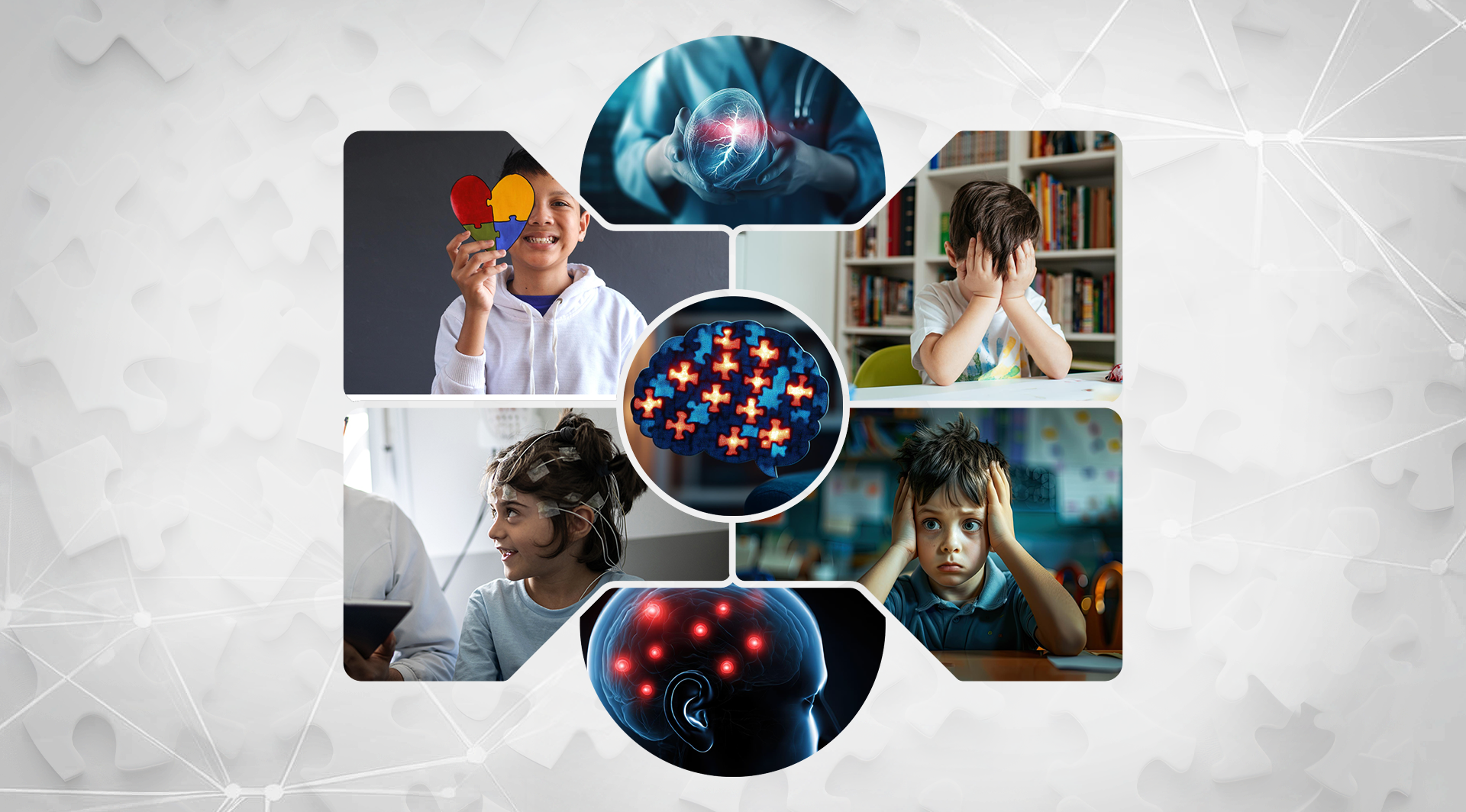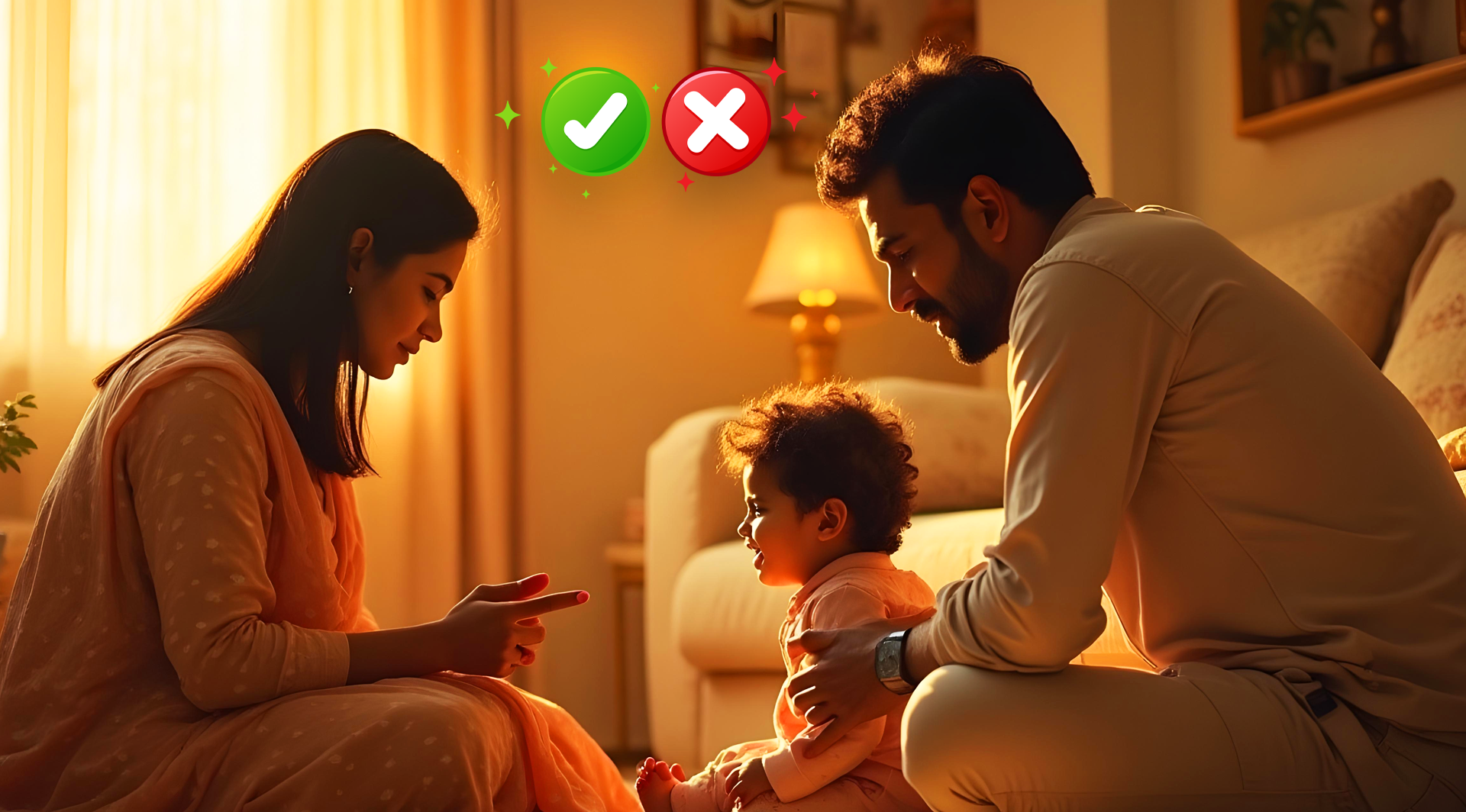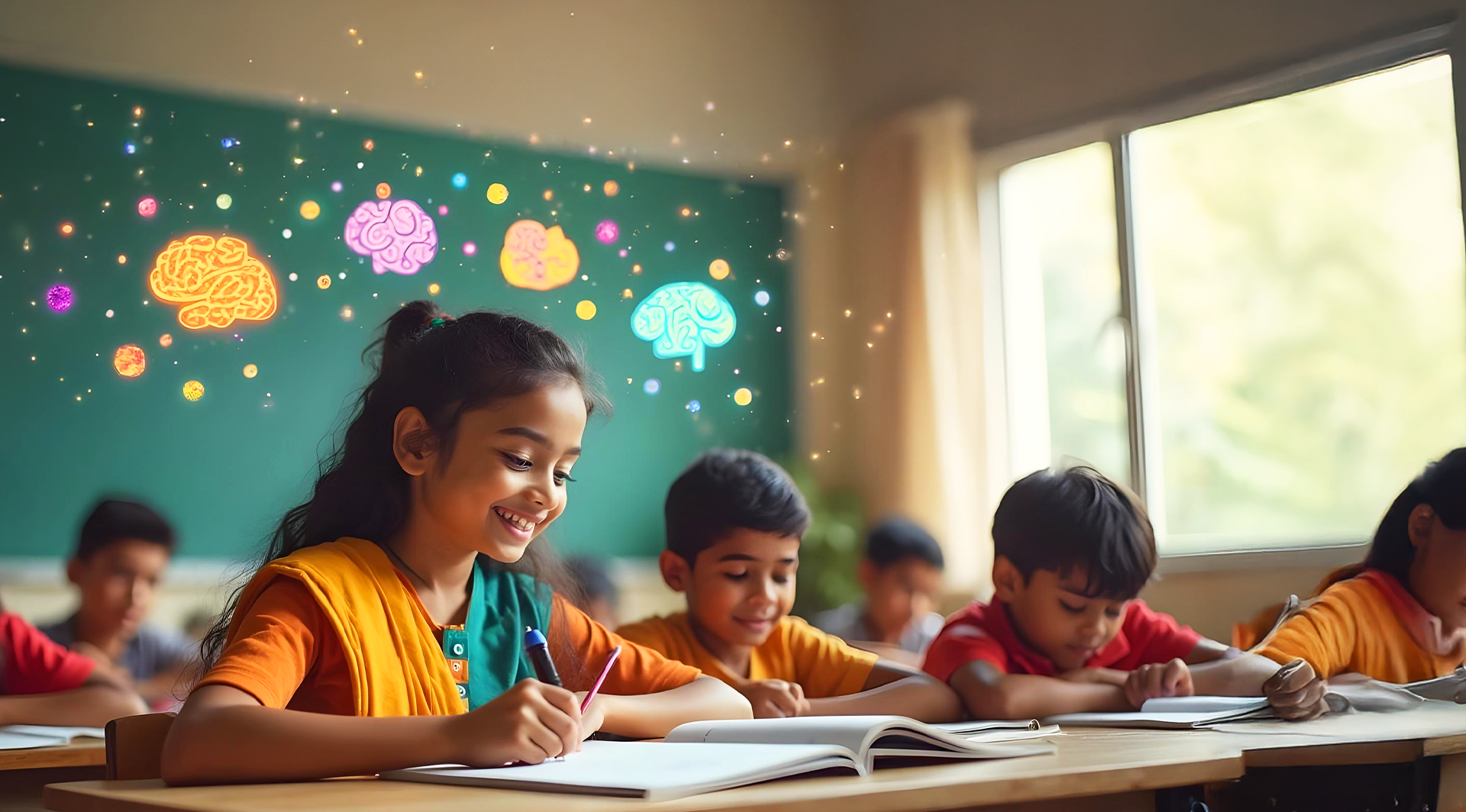Category: Uncategorized
-

Fixation or Repetitive Behaviour in Autism
Understanding Fixation and Repetition Children with Autism often show repetitive or fixed behaviors such as spinning objects, watching wheels rotate, clapping hands repeatedly, or holding the same item for long periods. These behaviors are called stereotypical behaviors or self-stimulatory behaviors, commonly referred to as stimming. Such actions may seem unusual to others but for the…
-

Importance of Integrated Therapy in Autism
Understanding the Need for Integration Autism Spectrum Disorder (ASD) is a neurodevelopmental condition that affects communication, social interaction, sensory processing, and behavior regulation. Since these developmental areas are interlinked, focusing on one aspect of therapy in isolation often results in limited improvement. For example, a child may develop speech but still struggle to use it…
-

Managing Hyperactivity at Home: Practical Strategies for Parents
Hyperactivity in children is often marked by restlessness, constant movement, difficulty focusing, and impulsive behavior. While some level of high energy is natural in kids, persistent hyperactivity can create challenges in learning, daily routines, and family life. The good news is that with consistent strategies at home, parents can help children channel their energy in…
-

How Can We Support Socialization for Children at Home?
Socialization plays a crucial role in a child’s growth, shaping their ability to communicate, build relationships, and adjust to different environments. While schools are often the primary setting for developing social skills, parents can still play an active role in encouraging meaningful social interactions at home and in everyday life. Why Socialization Matters For children,…
-

More Than Just Hand-Flapping: The Importance of Stimming for Children with Autism Spectrum Disorder
Stimming-repetitive movements or sounds like hand-flapping or rocking-is often misunderstood in children with autism. In reality, it’s a natural way to self-regulate, process emotions, and stay focused. Instead of stopping stimming, we must understand and accept it as an essential tool that helps children navigate their world.
-

Co-occurring Conditions: Understanding the Link Between Autism, Anxiety, ADHD, and Epilepsy
Autism and co-occurring conditions go hand in hand more often than we realize. Anxiety, ADHD, and epilepsy can impact how a child communicates, learns, and experiences the world. Awareness is the first step to creating the supportive environment they deserve.
-

Why Parent Involvement in Therapy is a Game-Changer in Autism Care
When a child is diagnosed with Autism Spectrum Disorder (ASD), it changes everything for the child, yes, but also for the parents. Suddenly, families find themselves navigating new routines, appointments, therapies, and expectations. In the middle of all this, one factor often proves more powerful than any single intervention: the involvement of parents in therapy.…
-

Handling Meltdowns: Do’s and Don’ts for Parents and Caregivers
Meltdowns can be intense for both children and the adults supporting them. Whether your child is on the autism spectrum or not, meltdowns often come from sensory overload, frustration, or emotional dysregulation, not defiance. As parents or caregivers, how we respond makes all the difference. Here’s a simplified guide that lays out the Do’s and…
-

Why Schools Need a Neurodiverse Lens Not Just Special Education
In most schools today, students who don’t fit the mold of neurotypical learning are quickly routed into special education programs. But what if the system itself is outdated? What if, instead of isolating differences, we integrated them as part of the educational norm? This is where the concept of a “neurodiverse lens” becomes not just…
-

Siblings, Grandparents, and Parents: Building a Unified Family System for Neurodivergent Children
When a child is diagnosed as neurodivergent whether it’s Autism, ADHD, or another neurodevelopmental condition the entire family is impacted. But often, the emotional and caregiving responsibility falls heavily on the parents. What if we told you that the key to a more balanced, supportive environment lies in involving everyone, siblings, grandparents, and even extended…